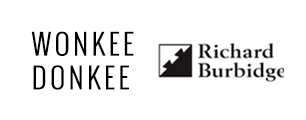What are the different types of tracing dye? |
||||
| Shop for Tracing Dyes | ||||
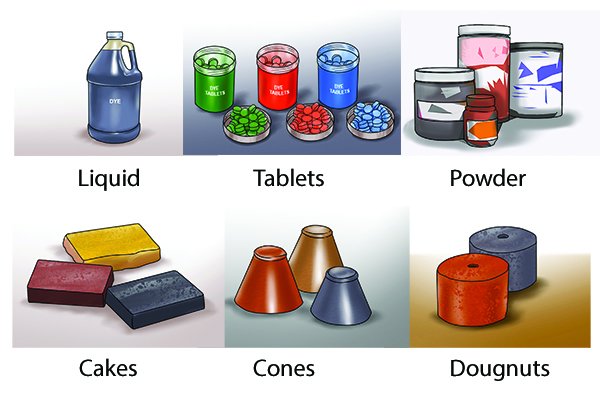 |
There are several different types of tracing dye available. Here is an overview of the different types. | |||
Sachets |
||||
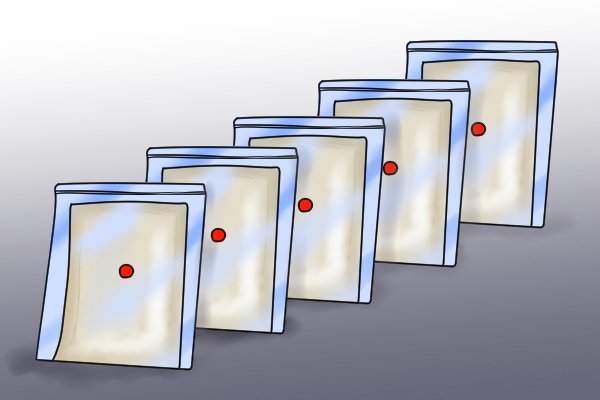 |
Tracing dye sachets look a little bit like teabags but contain powdered dye. They slowly release their colouring into a water flow so that analyses may be performed. Tracing dye sachets are great for one-off use on small domestic systems. | |||
Powders |
||||
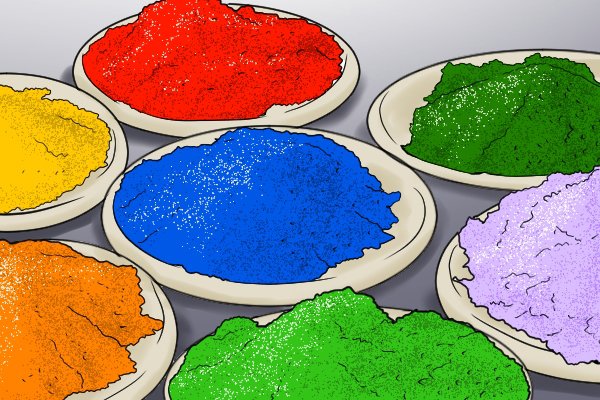 |
Some tracing dyes come in powdered form and need to be dissolved in water before use. Powdered dyes are handy if you have minimal storage facilities because they are compacted and concentrated. | |||
Liquids |
||||
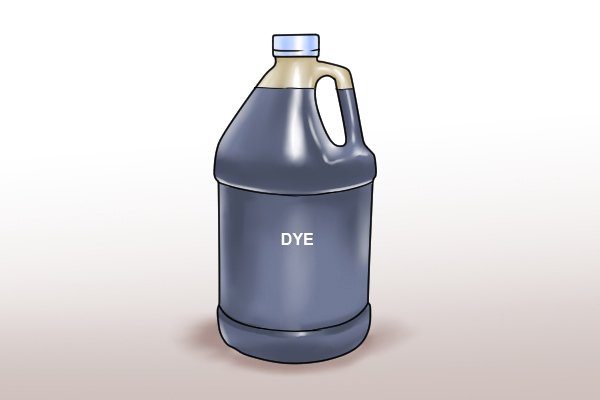 |
Some tracing dyes come in ready-to-use concentrated liquid form. Concentrates do not need to be diluted before use. | |||
Tablets |
||||
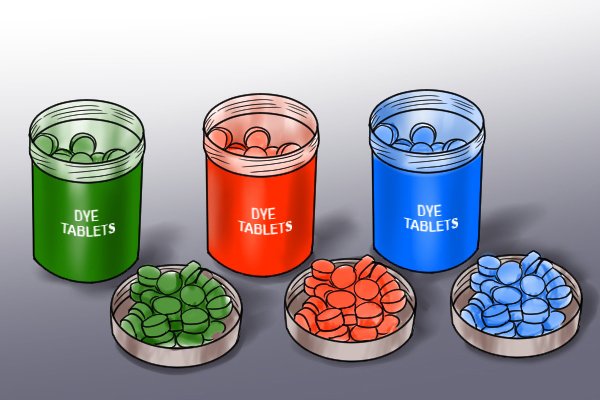 |
Other powdered tracing dyes may be pressed into tablet form and need dissolving in water before use. Dyes in tablet form are easy to use and quick for measuring out specific quantities of post mixed dye. | |||
Cakes, cones, and doughnuts |
||||
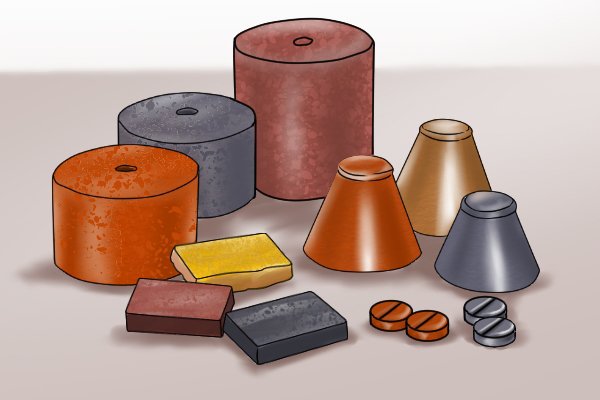 |
Similar to tablets, other types of tracing dye may be pressed into shapes such as cakes, cones or doughnuts which can be dissolved in water before use or placed straight into a waterflow for longer analysis projects. The cakes, cones, and doughnuts are given a thin wax coating and shaped so that they dissolve at a slower rate (1 – 6 hours) – Ideal for those long-term tracing tests. | |||
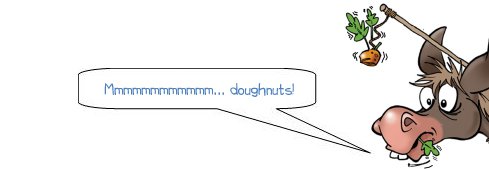 |
||||
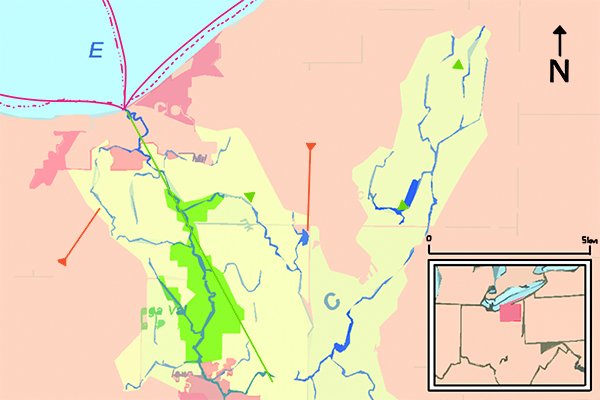 |
What are long-term tracing tests?Long-term tracing tests may include river, lake and sea flow studies as well as pollution studies where tests are conducted and information gathered over a long period of time. |
|||
